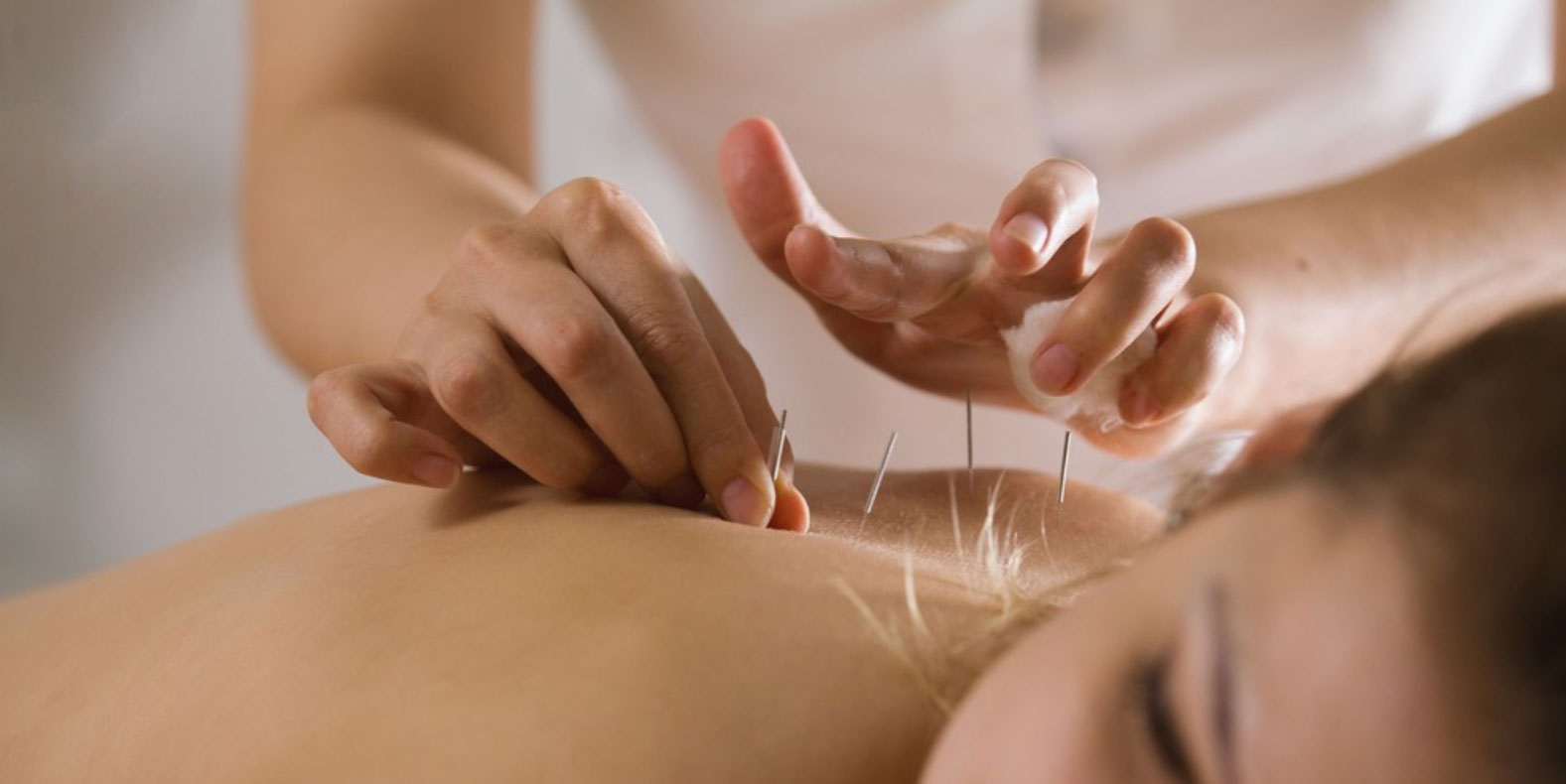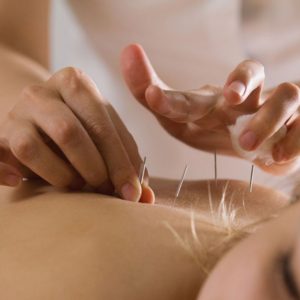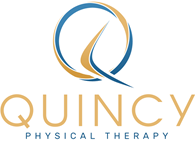
So what is it?
Dry needling, as defined by Dunning et al (2014) 1, then is “the insertion of monofilament needles (i.e. without any injectate) into muscles, ligaments, tendons, subcutaneous fascia, scar tissue and in the vicinity of peripheral nerve tissue.”

One of the most exciting aspects of dry needling to me is that I can get deeper than ever before. I can insert that needle to bypass all the superficial layers and get down to those deeper problematic tissues that you just can’t reach from the outside.
The other key for me, as is suggested by many research studies, is that I can now stimulate not just biomechanical 2-4 but also chemical 5-6, endocrinological 7, vascular 8-9 and microcirculation 9 changes within the pathological tissue.
The effects don’t stop there; increasingly the research suggests dry needling can produce changes within the brain and spinal cord that not only provides pain relief through the body’s natural opioids but can also re-establish the body’s protective mechanisms against pain stimulation in the first place 10.
It sounds like acupuncture?
Although we do use the same needles, it’s important to understand that it is different to Traditional Chinese
Medicine (TCM) Acupuncture. While TCM acupuncture revolves around the movement of “qi” along meridians, dry needling is rooted in the western medical model. A TCM acupuncturist would evaluate your tongue and pulse to determine where to locate the needles. In contrast, we would complete a usual physical therapy evaluation identifying painful or involved tissues that we would target.
Another key difference between the two is the pathologies that each profession treats. While we will only treat neuromusculoskeletal conditions a TCM Acupuncturist will treat a much wider range of pathologies such as stress, smoking cessation and wellness to name a few.
So what can we treat with dry needling?
In no particular order it can be used as part of a comprehensive treatment plan for low back pain, neck pain, tension headaches, tennis elbow, golfers elbow, knee osteoarthritis, plantar fasciitis, carpal tunnel syndrome, RC syndrome, piriformis syndrome and many others.
The final question most people ask is, “Is it covered by my insurance?” The simple answer is yes. All insurances will cover this manual treatment.
Phil Chamberlain, MSPT, Cert. DN
If you would like to learn more before coming into Quincy Physical Therapy, give us a call at 617-481-2000 and ask to speak to a therapist regarding your symptoms or condition. You can also schedule a discovery session to learn more in person as well without committing to starting therapy.
Follow Quincy Physical Therapy on Facebook, LinkedIn, and Instagram!
- Dunning J, Butts R, Mourad F, Young I, Flanagan S, Perreault T. Dry Needling: A literature Review with implications for clinical practice guidelines. Physical Therapy Reviews; 2014: 19 (4), 252-265.
- Langevin HM, Bouffard NA, Badger GJ, Churchill DL, Howe AK. Subcutaneous tissue fibroblast cytoskeletal remodeling induced by acupuncture: evidence for a mechanotransduction based mechanism. J Cell Physiol. 2006;207(3):767–74.
- Langevin HM, Bouffard NA, Badger GJ, Iatridis JC, Howe AK. Dynamic fibroblast cytoskeletal response to subcutaneous tissue stretch ex vivo and in vivo. Am J Physiol Cell Physiol. 2005;288(3):C747–56.
- Langevin HM, Churchill DL, Cipolla MJ. Mechanical signaling through connective tissue: a mechanism for the therapeutic effect of acupuncture. Faseb J. 2001;15(12):2275–82.
- Shah JP, Danoff JV, Desai MJ, Parikh S, Nakamura LY, Phillips TM, et al. Biochemicals associated with pain and inflammation are elevated in sites near to and remote from active myofascial trigger points. Arch Phys Med Rehabil. 2008;89(1):16–23.
- Shah JP, Phillips TM, Danoff JV, Gerber LH. An in vivo microanalytical technique for measuring the local biochemical milieu of human skeletal muscle. J Appl Physiol. 2005;99(5): 1977–84.
- Ahsin S, Saleem S, Bhatti AM, Iles RK, Aslam M. Clinical and endocrinological changes after electro-acupuncture treatment in patients with osteoarthritis of the knee. Pain. 2009;147(1–3):60–6.
- Lee SH, Chen CC, Lee CS, Lin TC, Chan RC. Effects of needle electrical intramuscular stimulation on shoulder and cervical myofascial pain syndrome and microcirculation. J Chin Med Assoc. 2008;71(4):200–6.
- Loaiza LA, Yamaguchi S, Ito M, Ohshima N. Electroacupuncture stimulation to muscle afferents in anesthetized rats modulates the blood flow to the knee joint through autonomic reflexes and nitric oxide. Auton Neurosci. 2002;97(2):103–9.
- 10. Dommerholt J. Dry Needling –peripheral and central considerations. J of Manual & Manipulative Therapy. 2011: 19 (4) 223-227.

